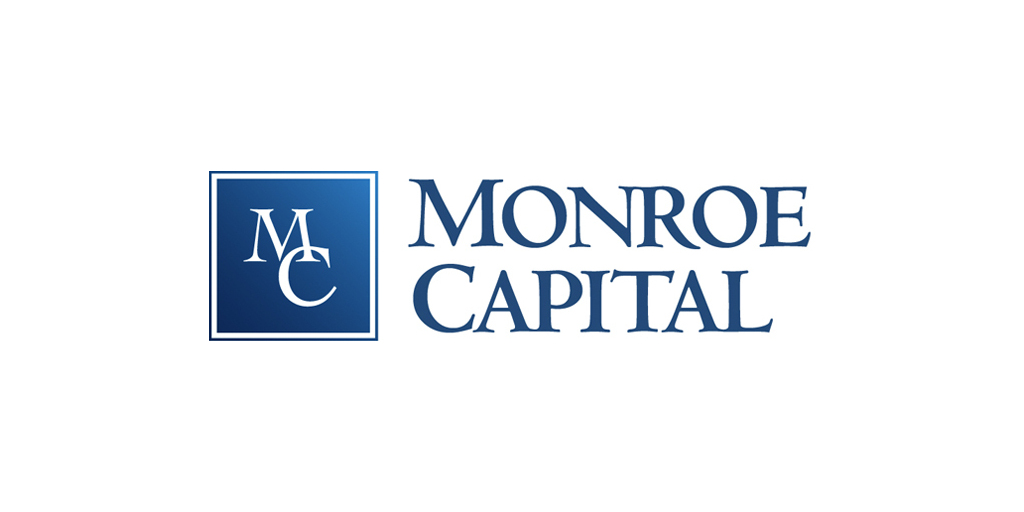Four Tips to Improve Your (Financial) Fitness in 2017
The New Year is a natural time to reflect and determine how to make the next year even better. You may even choose to make—dare we say it?—a resolution or two. One of the most popular resolutions every year relates to fitness, both physical and financial. While we’re reluctant to recommend personal trainers, we can suggest four steps to help you on your journey to improved financial fitness and, ultimately, peace of mind:
- Create or update your will. The shocking news of Prince’s untimely death in April of 2016 was quickly followed by the revelation that, with an estate valued at an estimated $300 million, he didn’t have a will. A will outlines how assets should be distributed at one’s death and should be reviewed by a qualified professional at least every five years. Start the New Year with the peace of mind that if the unthinkable happens, your family will have one less burden to bear. Even better, go one step further and create an entire estate plan that includes a will, a financial power of attorney, a health care power of attorney, and a living will or advanced medical directive.
- Plan your charitable giving. Requests for charitable donations come throughout the year, but you likely noticed a marked increase during the holiday season. There are so many incredible causes worthy of financial support that it can become overwhelming, especially if you’re hurriedly trying to maximize your tax deductions before the end of the year. Instead, take some time at the beginning of 2017 to plan your annual giving. Some questions to consider: What are my favorite charities? How much money should I contribute over the course of the year to optimize my tax deductions? How do I want to divide that money among my favorite charities? Should I set aside some of the total for unanticipated solicitations from friends? To help you get started, Charity Navigator’s Giving Calculator allows you to enter the amount you’d like to give and your federal tax bracket in order to calculate your tax savings.
- Save for college. Student loan debt is at an all-time high. Nationally, debt has ballooned to $1.36 trillion, and the average Class of 2016 graduate owes more than $37,000. January 1st is a great time to begin saving for the education of your children, grandchildren, or other loved ones, as college expenses can be a tremendous source of stress for families. Though there are several good options for college savings, one of the most popular is a Section 529 plan due to its expansive coverage for undergraduate and graduate education expenses, as well as its tax benefits.
- Revisit your financial goals. A lot can happen in a year—births, deaths, marriages, and divorces are all major life events that necessitate a review of all your financial documents. Even without these major milestones, it’s still a good idea to ensure that your financial goals are relevant to your current life situation. This also presents the opportunity to bring children into the conversation and let them help craft your family’s philosophy of wealth and giving. The earlier children are introduced to this topic, the more likely it is that they will have a healthy relationship with wealth.For many, the New Year offers a fresh start. Schedule a meeting with your advisor to review your goals and, if necessary, make the appropriate changes.
Browse our collection of resources from trusted thought leaders.
Balentine experts offer their authentic take on the latest financial topics, including our exclusive market publications, news, community events, and more.
%20(1).png)
.png)

.png)


%20(1).png)